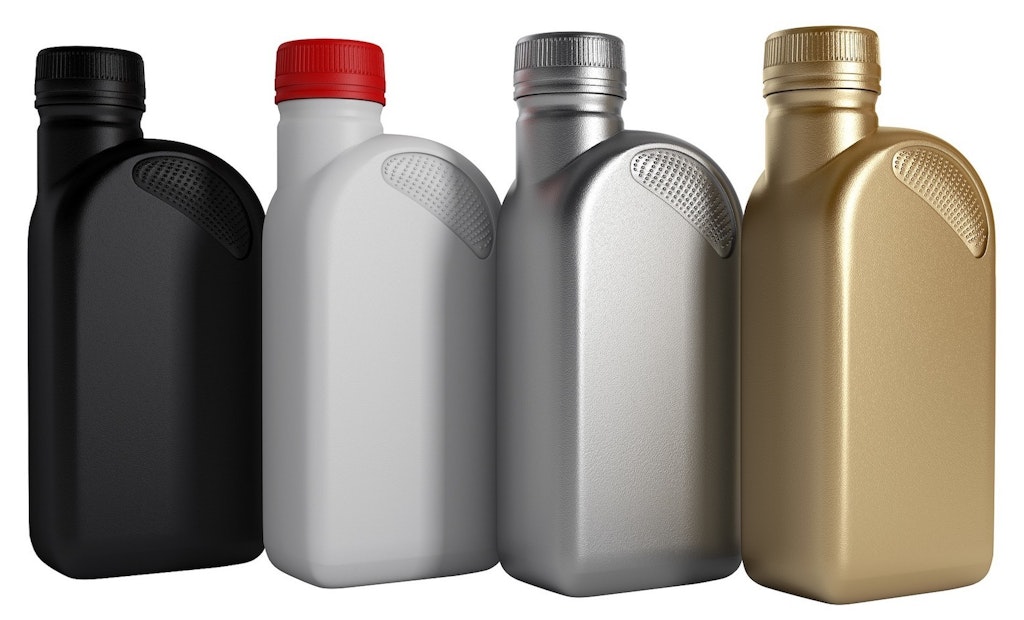When we talk about lubricants, most of us immediately think of engine oil, so let’s start our discussion there. Increasingly stringent emissions standards drove oil development for several years. The last iteration was CK-4 oil, which remains the current category.
Before an oil...






